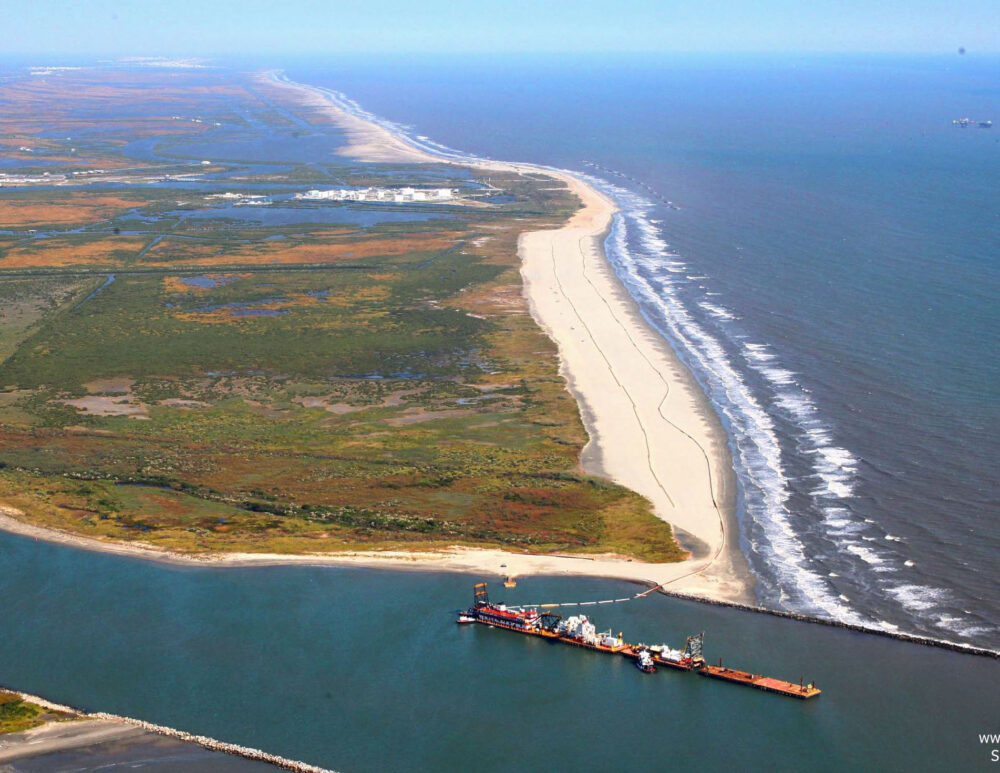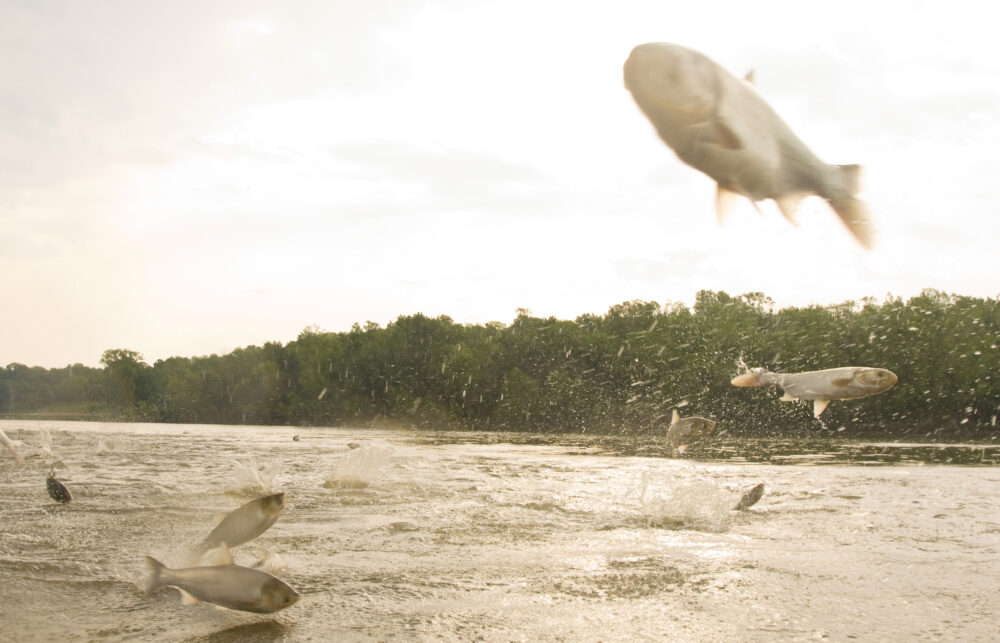We have much more to do and your continued support is needed now more than ever.
WATCH: 24 Hours of Climate Reality a Call to Action
24 Presenters. 24 Time Zones. 13 Languages. 1 Message.
24 Hours of Reality was a worldwide event to broadcast the reality of the climate crisis. Featuring a new multimedia presentation created by Al Gore and delivered once per hour for 24 hours, representing every time zone around the globe. Each hour people living with the reality of climate change connected the dots between recent extreme weather events — including floods, droughts and storms — and the man-made pollution that is changing our climate. It amounted to a round-the-clock, round-the-globe snapshot of the climate crisis in real time.
The organizers have tapped some of the most powerful voices on the planet to fuel a call to action on climate change, and among them was NWF President Larry Schweiger (VIDEO HIGHLIGHTS BELOW) who spoke on September 14 from Alaska. NWF has made Arctic wilderness protection a priority for nearly a quarter century now.
[youtube]http://www.youtube.com/watch?v=hxFfQChzJrc[/youtube]
From Alaska to Jakarta to London, people living with climate change told their story and explained how climate change is affecting the planet, including triggering extreme weather events like floods, droughts and storms, all of which can be harmful to wildlife.
The project explored the scope, scale and impact of climate change, reveal the deniers and explain the urgent need for action. “The climate crisis is our problem,” said Gore, calling for action to combat Big Oil and Big Coal who are lobbying in Washington for no action.
 Schweiger was at the Northwest Arctic Heritage Center, Kotzebue, Alaska, in the Kobuk Valley National Park, an area north of the Arctic Circle through which half a million caribou migrate annually and emphasize how the climate crisis is the largest threat to polar bears. Schweiger said that Alaska has warmed twice as fast as the continental U.S. in the last 50 years and that for the 3,000 villagers in Kotzebue who rely on “winter roads” of ice and frozen ground, a warming climate poses serious challenges. Reliably frozen roads are critical for moving goods and providing services in this northwestern part of the state. By mid-century, land area in Alaska accessible by winter roads may drop by 29 percent.
Schweiger was at the Northwest Arctic Heritage Center, Kotzebue, Alaska, in the Kobuk Valley National Park, an area north of the Arctic Circle through which half a million caribou migrate annually and emphasize how the climate crisis is the largest threat to polar bears. Schweiger said that Alaska has warmed twice as fast as the continental U.S. in the last 50 years and that for the 3,000 villagers in Kotzebue who rely on “winter roads” of ice and frozen ground, a warming climate poses serious challenges. Reliably frozen roads are critical for moving goods and providing services in this northwestern part of the state. By mid-century, land area in Alaska accessible by winter roads may drop by 29 percent.
* * * CLICK HERE to take action on climate change and help protect polar bears * * *
Earl Kingik, an Inupiat elder from Point Hope, Alaska and tribal liaison for Alaska Wilderness League, talked about how climate change and proposed offshore drilling is impacting his community’s subsistence way of life. For Earl and the Inupiat people who have lived on Alaska’s Arctic coast for thousands of years, the Arctic Ocean is their garden because it is home to the polar bears, whales and other animals that they depend on to survive.
The Climate Reality Project concluded with a presentation in New York City by Vice President Al Gore.




















